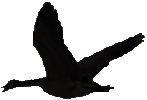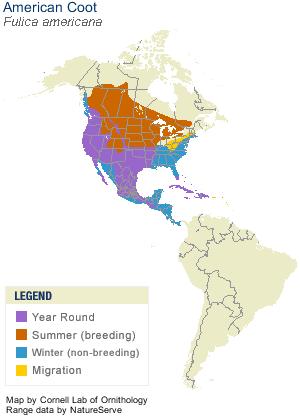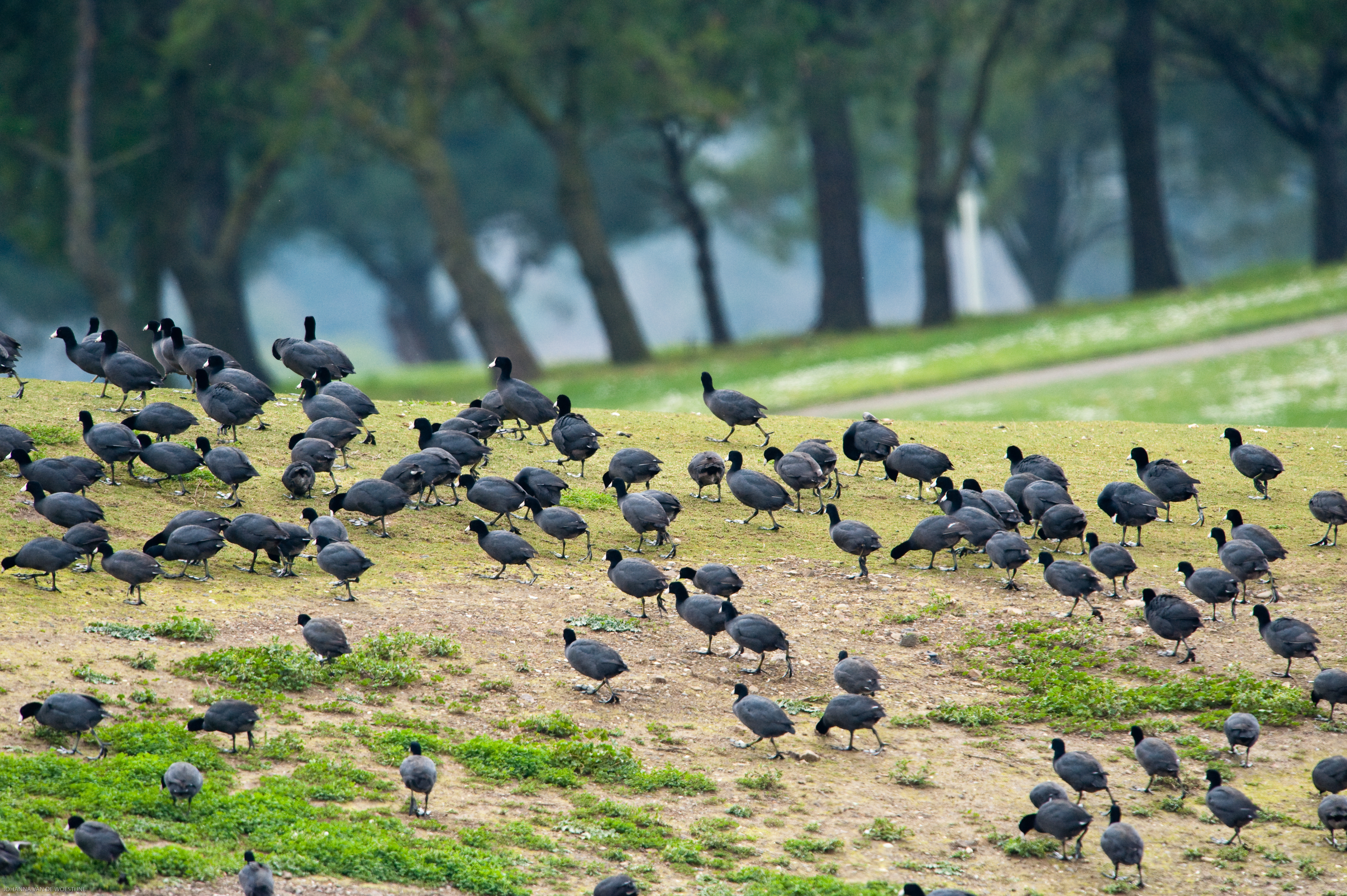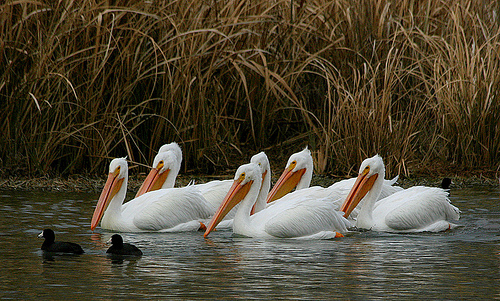Habitat
The American Coot is not the easiest bird to find, nor is it the hardest. What makes the search for the American Coot so hard is the fact that it is a migratory bird. According to Merriam-Webster Online Dictionary migration is the passing usually periodically from one region or climate to another for feeding or breeding. So if you’re in the right place at the right time you might get lucky and see an American Coot.
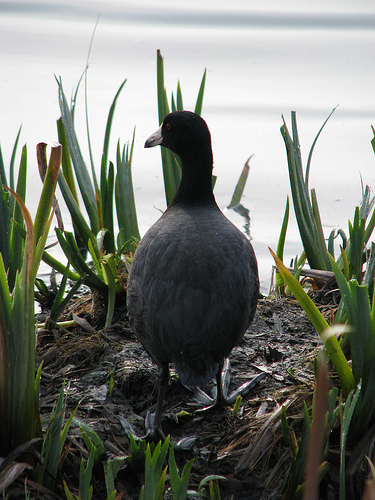
All year round the American Coot can be found in freshwater lakes, ponds, marshes, swamps, and other various wetland habitats. In 1978 the Wisconsin State Legislature defined a wetland as an area where water is at, near, or above the land surface long enough to be capable of supporting aquatic or hydrophilic (water-loving) vegetation and which has soils indicative of wet conditions. Even though wetlands can be found around the world, the American Coot stays mostly in North and South America. During the summer the American Coot likes to stay more in the United States and Southern Canada in the wetland areas. For the winter, because it is a migratory bird, the American Coot can be found more in Central and South America and the lower United States. Take a look at the map below to get an idea of where the American Coot can be found during the year.
These birds are generally freshwater birds but it is not uncommon to see them in salty water. This most often happens when the American Coot migrates south for warmer weather. But that is not the weirdest place you can find these strange birds. If you have ever been golfing you might know already that the American Coot likes to spend time in the water features of golf courses. The manmade ponds and lakes are a popular place for coots to congregate.
Other animals and plants that can be found in marshes and other
wetlands with the American Coot are listed below. Not all of
these organisms will be found with the American Coot every time when
you go to a body of water. The animals and plants listed
are ones that can be found in certain areas of North America.
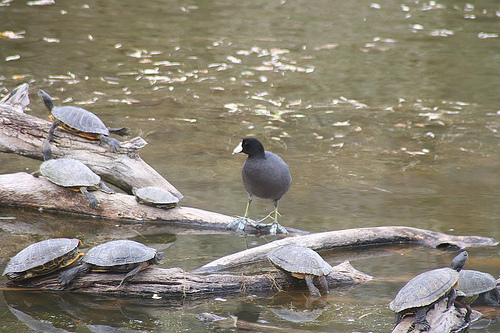
· Painted Turtle
·
Snapping Turtle
· Blue-Spotted Salamander
· Northern Leopard Frog
· Map Turtle
· Northern Water Snake
·
Mosquitoes
· Diving Beetles
· Dragonflies and
Damselflies
· Beaver
· Mink
·
White-Tailed Deer
·
Canada Goose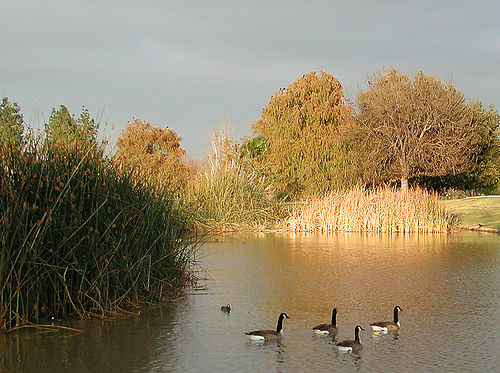
·
Wood Duck
·
Mallard
· Sandhill Crane
· Green Heron
· Great Blue Heron
· Pelicans
·
Northern Pike
· Yellow Perch
·
Largemouth Bass
· Duckweed
· Orchids
· Black Ash
· Water Lilies
· Cattails
· Phytoplankton
· Zooplankton
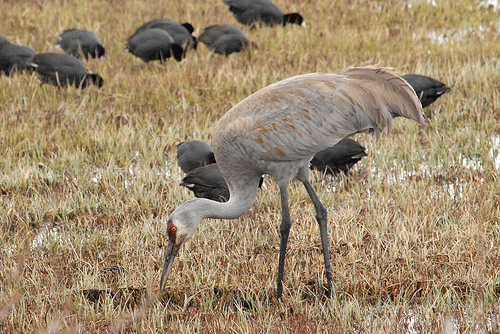
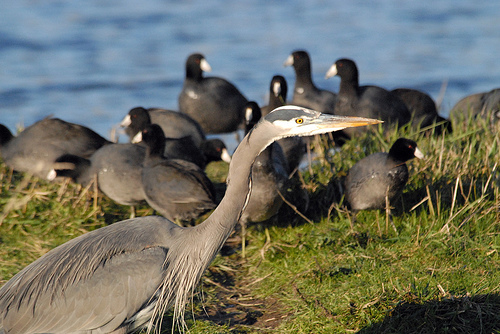
Click here to learn about the American Coot's closest relatives.
Click here to find out about how the American Coot is adapted to living in the wetland environment.
